29.2 Fishes
Learning Objectives
- Describe the difference between jawless and jawed fishes
- Discuss the distinguishing features of sharks and rays compared to other modern fishes
Modern fishes include an estimated 31,000 species, by far the most of all clades within the Vertebrata. Fishes were the earliest vertebrates, with jawless species being the earliest forms and jawed species evolving later. They are active feeders, rather than sessile, suspension feeders. The Agnatha (jawless fishes)—the hagfishes and lampreys—have a distinct cranium and complex sense organs including eyes, that distinguish them from the invertebrate chordates, the urochordates and cephalochordates.
Jawless Fishes: Superclass Agnatha
Jawless fishes (Agnatha) are craniates representing an ancient vertebrate lineage that arose over 550 million years ago. In the past, hagfishes and lampreys were sometimes recognized as separate clades within the Agnatha, primarily because lampreys were regarded as true vertebrates, whereas hagfishes were not. However, recent molecular data, both from rRNA and mtDNA, as well as embryological data, provide strong support for the hypothesis that living agnathans—previously called cyclostomes—are monophyletic, and thus share recent common ancestry. The discussion below, for convenience, separates the modern “cyclostomes” into the class Myxini and class Petromyzontida. The defining features of the living jawless fishes are the lack of jaws and lack of paired lateral appendages (fins). They also lack internal ossification and scales, although these are not defining features of the clade.
Class Myxini: Hagfishes
The class Myxini includes at least 70 species of hagfishes—eel-like scavengers that live on the ocean floor and feed on living or dead invertebrates, fishes, and marine mammals (Figure 29.9). Although they are almost completely blind, sensory barbels around the mouth help them locate food by smell and touch. They feed using keratinized teeth on a movable cartilaginous plate in the mouth, which rasp pieces of flesh from their prey. Hagfishes have a cartilaginous skull, as well as a fibrous and cartilaginous skeleton, but the major supportive structure is the notochord that runs the length of the body. In hagfishes, the notochord is not replaced by the vertebral column, as it is in true vertebrates, and thus they may (morphologically) represent a sister group to the true vertebrates, making them the most basal clade among the skull-bearing chordates.
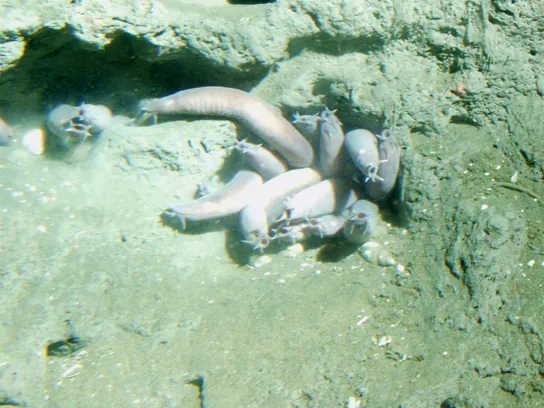
Class Petromyzontida: Lampreys
The class Petromyzontida includes approximately 40 species of lampreys, which are superficially similar to hagfishes in size and shape. However, lampreys possess extrinsic eye muscles, at least two semicircular canals, and a true cerebellum, as well as simple vertebral elements, called arcualia—cartilaginous structures arranged above the notochord. As adults, lampreys are characterized by a rasping tongue within a toothed, funnel-like sucking mouth. Many species have a parasitic stage of their life cycle during which they are fish ectoparasites (some call them predators because they attack and eventually fall off) (Figure 29.10).
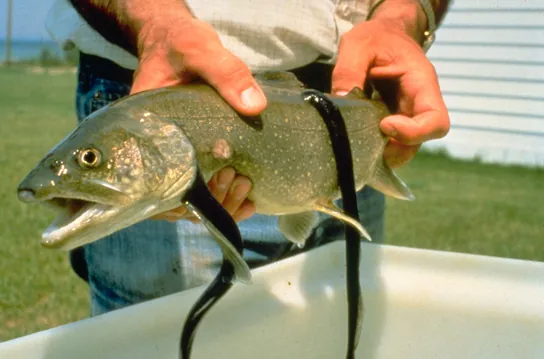
Gnathostomes: Jawed Fishes
Gnathostomes, or “jaw-mouths,” are vertebrates that possess true jaws—a milestone in the evolution of the vertebrates. In fact, one of the most significant developments in early vertebrate evolution was the development of the jaw: a hinged structure attached to the cranium that allows an animal to grasp and tear its food. Jaws were probably derived from the first pair of gill arches supporting the gills of jawless fishes.
Early gnathostomes also possessed two sets of paired fins, allowing the fishes to maneuver accurately. Pectoral fins are typically located on the anterior body, and pelvic fins on the posterior. Evolution of the jaw and paired fins permitted gnathostomes to expand their food options from the scavenging and suspension feeding of jawless fishes to active predation. The ability of gnathostomes to exploit new nutrient sources probably contributed to their replacing most jawless fishes during the Devonian period. Most modern fishes are gnathostomes that belong to the clades Chondrichthyes and Osteichthyes (which include the class Actinoptertygii and class Sarcopterygii).
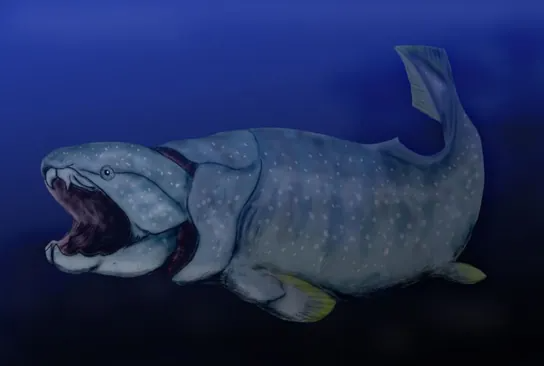
Class Chondrichthyes: Cartilaginous Fishes
The class Chondrichthyes (about 1,000 species) is a morphologically diverse clade, consisting of subclass Elasmobranchii (sharks [Figure 29.12], rays, and skates, together with the obscure and critically endangered sawfishes), and a few dozen species of fishes called chimaeras, or “ghost sharks” in the subclass Holocephali. Chondrichthyes are jawed fishes that possess paired fins and a skeleton made of cartilage.
Most cartilaginous fishes live in marine habitats, with a few species living in fresh water for a part or all of their lives. Most sharks are carnivores that feed on live prey, either swallowing it whole or using their jaws and teeth to tear it into smaller pieces. Sharks have abrasive skin covered with tooth-like scales called placoid scales. Shark teeth probably evolved from rows of these scales lining the mouth. A few species of sharks and rays, like the enormous whale shark (Figure 29.13), are suspension feeders that feed on plankton. Sharks have well-developed sense organs that aid them in locating prey, including a keen sense of smell and the ability to detect electromagnetic fields. Electroreceptors called ampullae of Lorenzini allow sharks to detect the electromagnetic fields that are produced by all living things, including their prey. Sharks, together with most fishes and aquatic and larval amphibians, also have a row of sensory structures called the lateral line, which is used to detect movement and vibration in the surrounding water, and is often considered to be functionally similar to the sense of “hearing” in terrestrial vertebrates. Sharks have no mechanism for maintaining neutral buoyancy and must swim continuously to stay suspended in the water. Some must also swim in order to ventilate their gills but others have muscular pumps in their mouths to keep water flowing over the gills.
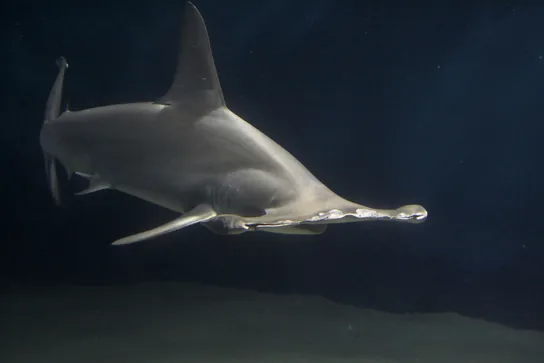
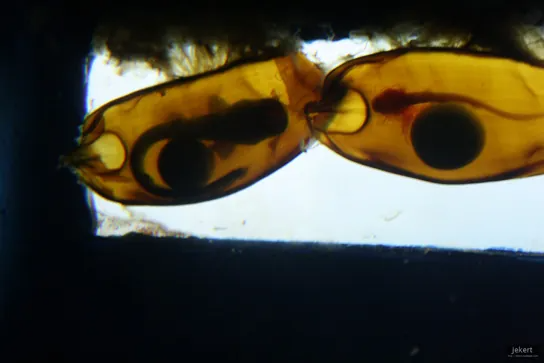
In general, the Chondrichthyes have a fusiform or dorsoventrally flattened body, a heterocercal caudal fin or tail (unequally sized fin lobes, with the tail vertebrae extending into the larger upper lobe) paired pectoral and pelvic fins (in males these may be modified as claspers), exposed gill slits (elasmobranch), and an intestine with a spiral valve that condenses the length of the intestine. They also have three pairs of semicircular canals, and excellent senses of smell, vibration, vision, and electroreception. A very large lobed liver produces squalene oil (a lightweight biochemical precursor to steroids) that serves to aid in buoyancy (because with a specific gravity of 0.855, it is lighter than that of water).
Rays and skates comprise more than 500 species. They are closely related to sharks but can be distinguished from sharks by their flattened bodies, pectoral fins that are enlarged and fused to the head, and gill slits on their ventral surface (Figure 29.15). Like sharks, rays and skates have a cartilaginous skeleton. Most species are marine and live on the sea floor, with nearly a worldwide distribution.
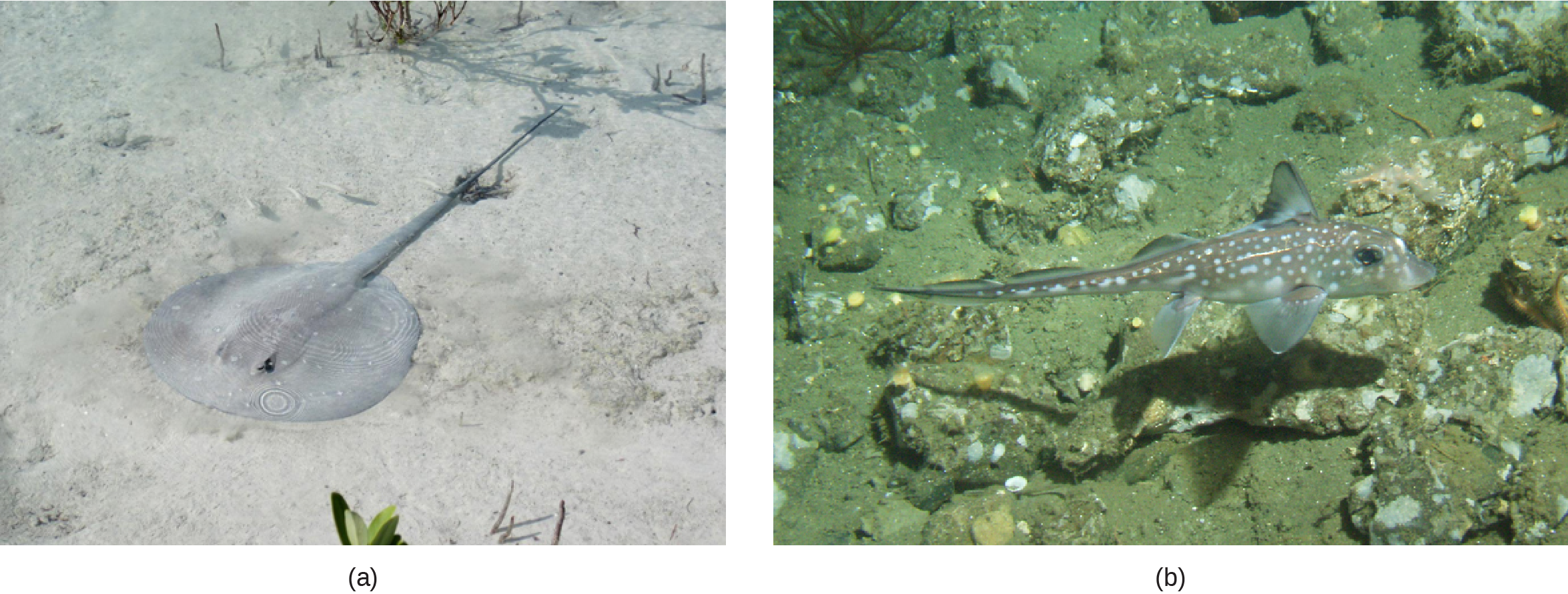
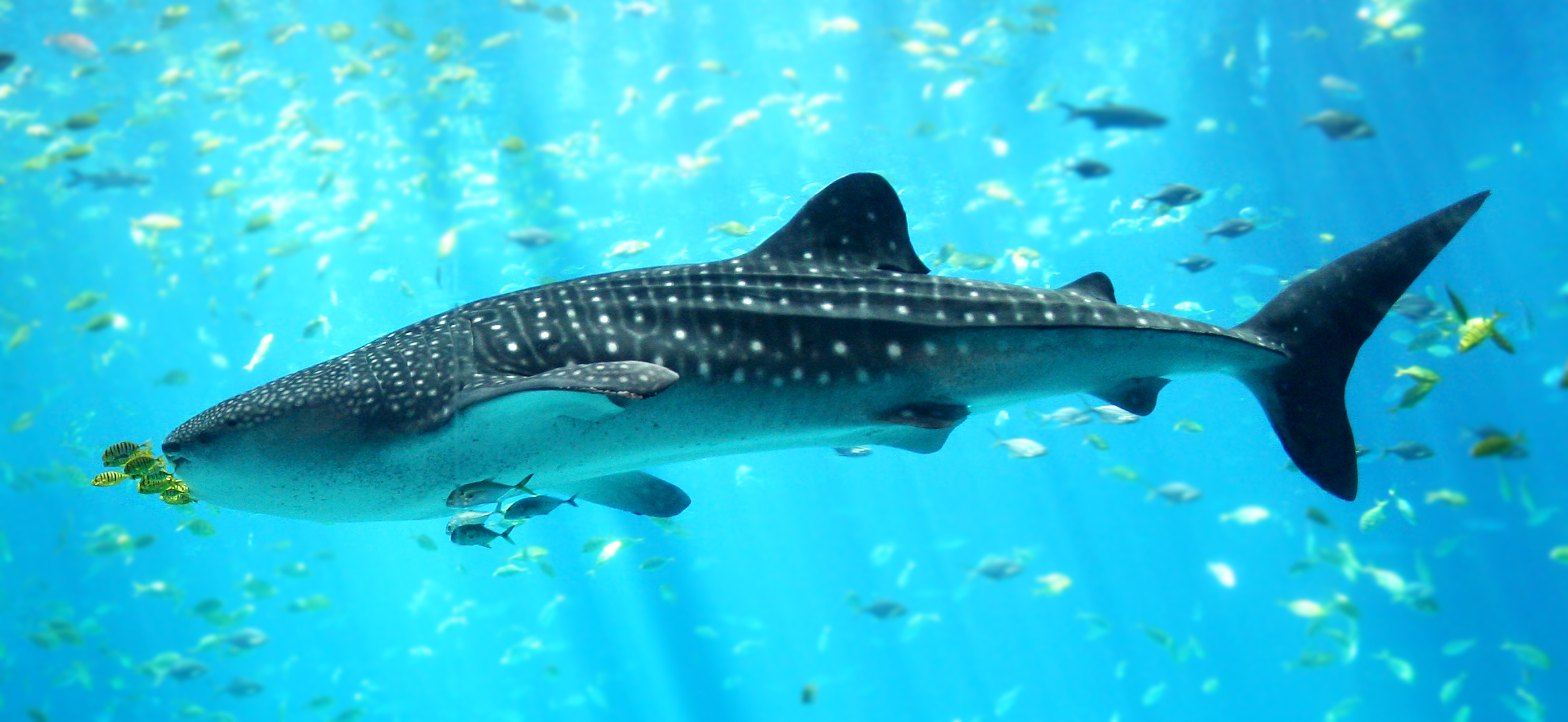
Osteichthyes: Bony Fishes
Members of the clade Osteichthyes, also called bony fishes, are characterized by a bony skeleton. The vast majority of present-day fishes belong to this group, which consists of approximately 30,000 species, making it the largest class of vertebrates in existence today.
Nearly all bony fishes have an ossified skeleton with specialized bone cells (osteocytes) that produce and maintain a calcium phosphate matrix. The skin of bony fishes is often covered by overlapping scales, and glands in the skin secrete mucus that reduces drag when swimming and aids the fish in osmoregulation. Like sharks, bony fishes have a lateral line system that detects vibrations in water.
All bony fishes use gills to breathe. Water is drawn over gills that are located in chambers covered and ventilated by a protective, muscular flap called the operculum. Many bony fishes also have a swim bladder, a gas-filled organ derived as a pouch from the gut. The swim bladder helps to control the buoyancy of the fish. In most bony fish, the gases of the swim bladder are exchanged directly with the blood. The swim bladder is believed to be homologous to the lungs of lungfish and the lungs of land vertebrates.
Bony fishes are further divided into two extant clades: Class Actinopterygii (ray-finned fishes) and Class Sarcopterygii (lobe-finned fishes).
Actinopterygii (Figure 29.16a), the ray-finned fishes, include many familiar fishes—tuna, bass, trout, and salmon among others—and represent about half of all vertebrate species. Ray-finned fishes are named for the fan of slender bones that supports their fins.
In contrast, the fins of Sarcopterygii (Figure 29.16b) are fleshy and lobed, supported by bones that are similar in type and arrangement to the bones in the limbs of early tetrapods. The few extant members of this clade include several species of lungfishes and the less familiar coelacanths, which were thought to be extinct until living specimens were discovered between Africa and Madagascar. Currently, two species of coelocanths have been described.


